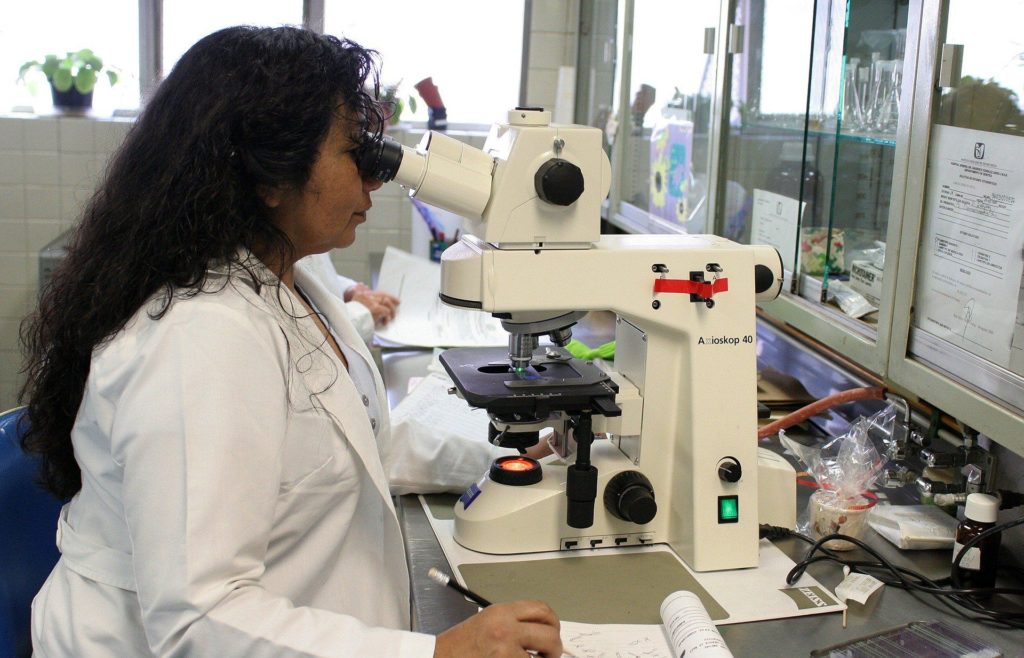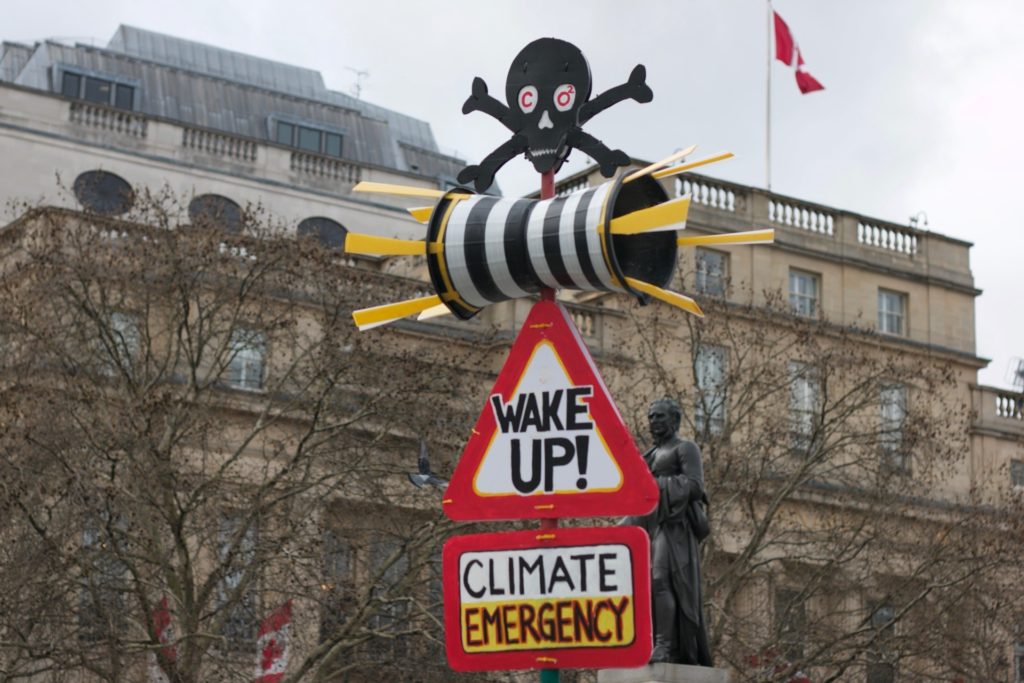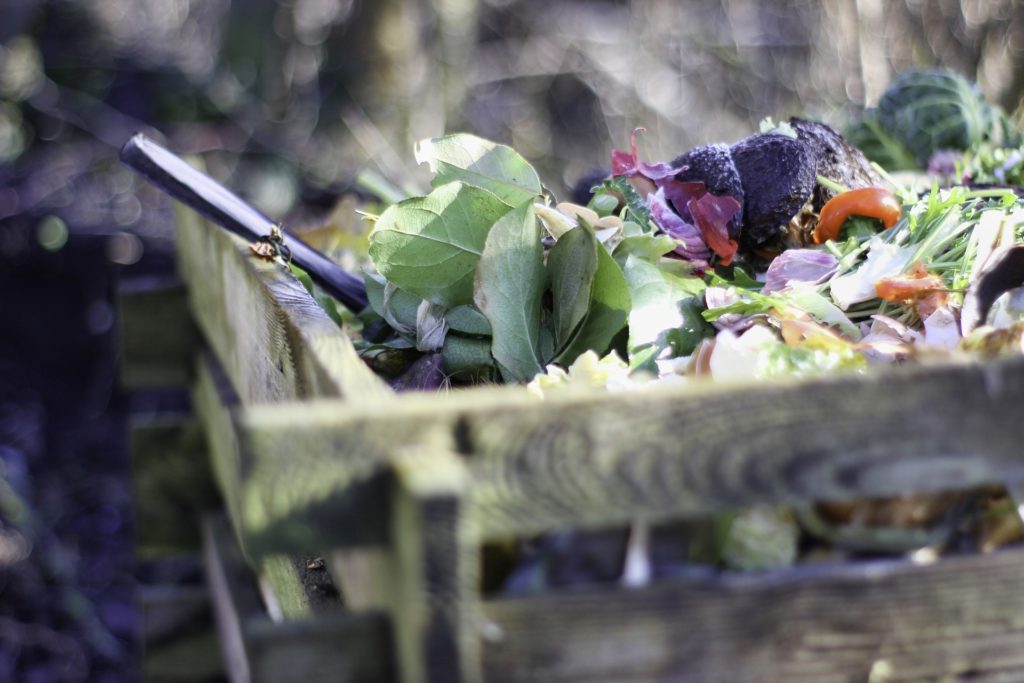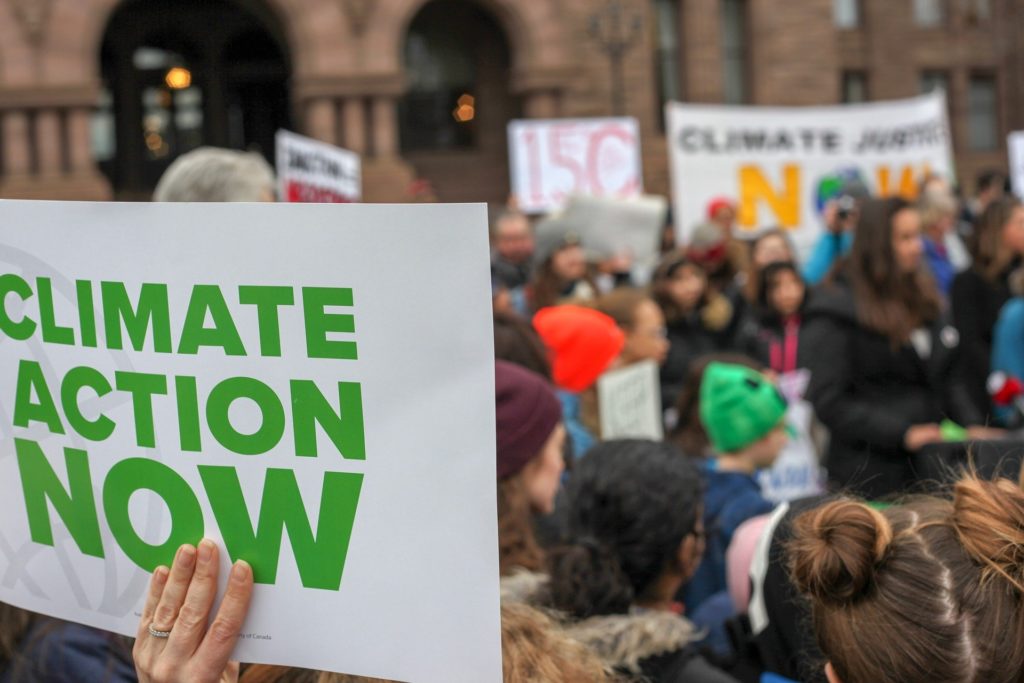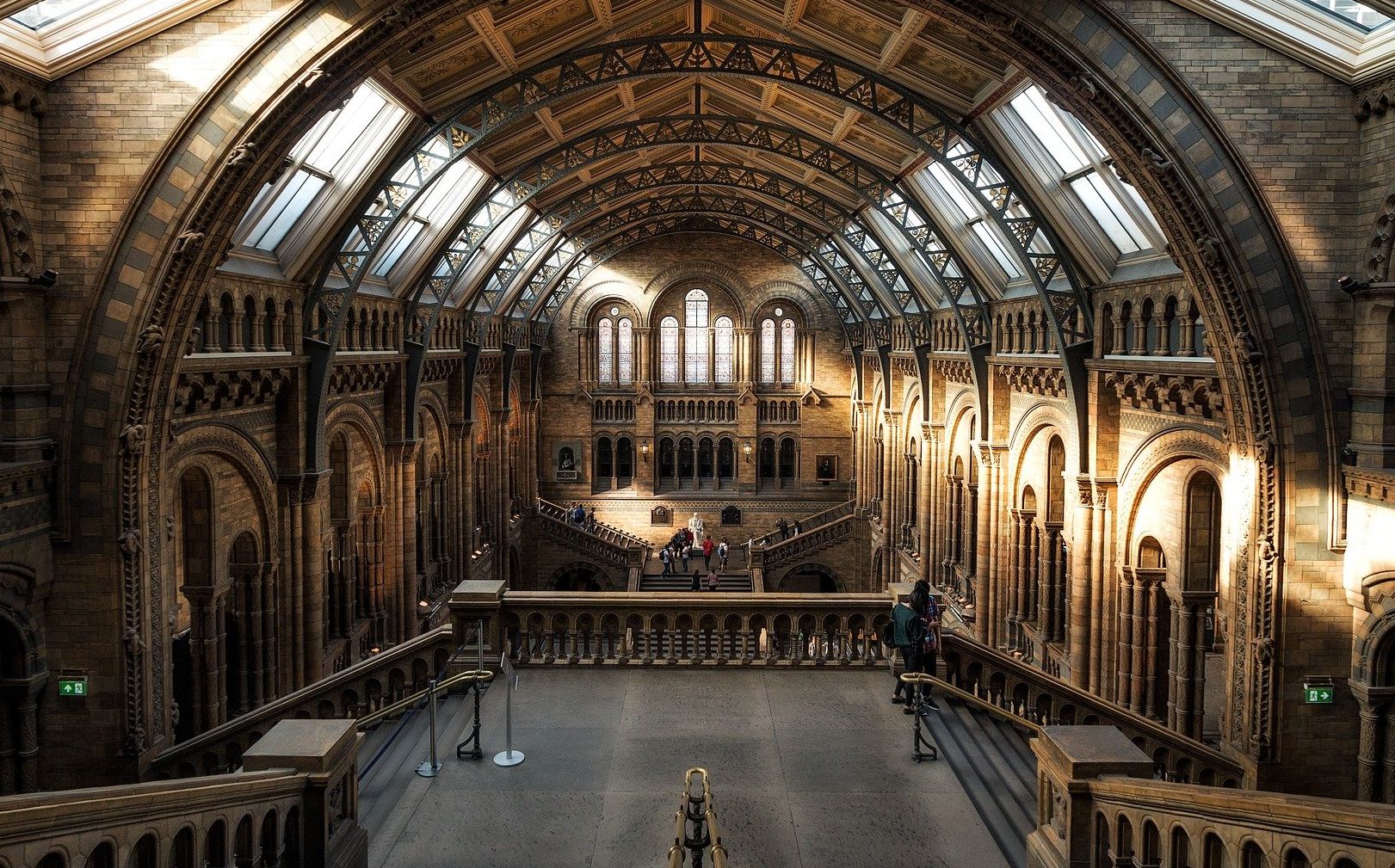
Broadening Knowledge of Sustainability through Museums
The global climate crisis is a terrifying fact that we as a society can no longer ignore and it is high time we properly looked at investigating how we can contribute constructively to its solution. The travel industry faces the growing climate crisis head on and accepts the challenges to the very fabric of their operations as an opportunity to bring many different aspects of this complex issue forward. Museums play an important role within travel and tourism and are facing increasingly difficult decisions that will either leave them in the dust of change or open up doors to facilitate new conversations. Sustainability and the need to adapt to the concerns of the public are essential for a brighter future.
The Traditional Museum
As the gatekeepers of knowledge, museums have been the perfect bridge between the public and scientific world. From the first curiosity cabinets in the private collections of the rich to giants such as The British Museum and the Smithsonian Institution, museums have been a place to marvel at the achievements of nature and humanity.
Originating in the blood and slavery of colonial Britain, the public museum as we previously knew it often evokes images of dusty worlds of glass and don’t touch signs at every corner, grand Victorian buildings filled to bursting with every imaginable curiosity without a thought to the cultures destroyed in the retrieval of those artifacts or the habitats that would take years to repair.
Over the 20th century, museums faced extreme changes as they adapted into the community and people driven institutions we know today. Alongside their vital conservation projects, museums serve the people as trusted houses of information that have become more self aware of their founding and the needs of their visitors. Museums regularly engage with local communities through educational workshops with local schools, community outreach and diverse exhibitions that are increasingly exposing the darker social issues within our society.
Museums and Sustainability
The concept of operating a sustainable museum is not unique to 2021; museums have known about the need to be more environmentally conscious for the latter half of the 20th century. Currently museums work within strict parameters of energy usage to ensure the perfect climate conditions for the preservation of their artefacts which can make the shift towards sustainability difficult.
The preservation of collections is the most important factor in decisions regarding the implementation of sustainable practices because the consequences of accidentally destroying priceless artefacts in the name of progress can be devastating for future generations. Museums can also be reluctant to change; they fear the backlash from established visitor bases that inevitably comes when tackling controversial issues.
Finding the perfect balance of ecological awareness whilst working within the confines of the perfect conservation environments is key for a sustainable future. Museums today sit in a unique position where they can educate the public on climate change and have the opportunity to lead by example where possible. Not only do museums need to re-examine their social responsibility to address climate change, they must also look to physical solutions internally to fully address the climate crisis. If museums don’t address their outdated operations, they are just as responsible for pollutants, such as the toxic commercial waste (primarily created from exhibition materials) deposited in the atmosphere.
Museums Response to the Climate Crisis
Museums across the globe have responded to the climate crisis, each with their own unique twist. Some have adopted natural features into their buildings, others by using energy saving techniques on the museum floor amongst the exhibitions and others by introducing environmental exhibitions into their museum space.
Museums such as the Horniman Museum in London and the California Academy of Sciences in San Francisco have taken significant steps towards a green future, laying the foundation for other museums to follow. The Horniman Museum was one of the first to declare a climate and ecological emergency. They have implemented many positive changes within the museum and gardens including replacing single use plastics in their café, composting garden waste, nurturing the habitats in their gardens and selling local produce in their weekly market.
Over the Atlantic, the California Academy of Sciences have exceeded current boundaries of sustainability practices and were awarded a platinum rating LEED (Leadership in Energy and Environmental Design). The museum runs breeding programmes, scientific research and has utilised native plants into their roof, amongst many other proud achievements.
Whilst many museums in the developed world have access to latest technologies and resources to create more sustainable sites, museums in Africa are struggling to keep up with the demand for greener spaces, and the increased pressures of the Covid-19 pandemic have meant some projects have had to be stopped altogether to prioritise keeping spaces operational. It is heartbreaking to hear of important programmes for both museum and community benefit halted for reasons beyond their control, and it is a stark reminder that every area of society is affected by increasing climate issues.
Should Museums Go Further?
Whilst many museums are listening to the demand for more sustainable operations, is there more they can do to directly combat the climate crisis? The traditional museum has always argued neutrality in the face of complex issues but this is becoming an increasingly difficult position to maintain as the public become more aware of the powerful influence museums hold within their community. There is a movement within museum circles and environmental groups for museums to become directly involved in political activism. These groups see the inaction of museums as acceptance of the destruction of habitats and culturally significant land that occurs every day.
“Not participating in direct physical activism is not a sign of compliance with groups destroying the earth, rather allowing members of the public to determine the extent of the situation for themselves ensures museum integrity. ”
Whilst direct activism has caused positive changes for many, museums should be wary of projecting their own biased views on their audience because it will lead to a loss in the trust members of their local community hold for them. Instead, a museum should present these difficult, and often controversial topics in unbiased interpretation, presenting visitors with hard truths which they can digest over well-informed debates and form their own opinions for future discussion. This will allow ordinary citizens to become empowered, take up the issue of climate change themselves and advocate for improvements to address the issue across all sectors.
The Future of Museum Sustainability
In the ever increasing need for society to address the growing climate crisis, museums have answered the call to improve their operations in order to preserve the planet for the next generation to enjoy it as we have. The positive progress that museums have made down the road towards a more sustainable future has been a good first step in their long journey ahead. The willingness of many institutions to independently review how they operate on a day-to-day level and implement changes to be more environmentally friendly is an incredible move in attitude from the colonial museums that were stuck in their ways.
Changes such as reducing carbon footprints and providing more sustainable options in retail spaces help museums as a business challenge the climate crisis, however, it’s the new exhibit directions museums are increasingly taking that will have a bigger impact. Presenting visitors with provocative displays concerning climate change spreads awareness of the crisis and encourages all members of the public to consider solutions they, themselves can implement. Museums still have a very long way to go to become fully green but with the support of communities, governments, visitors and sustainable sponsors they have the power to help shape future societies and preserve artefacts of humanity in new ways.
Further articles which may interest you:

